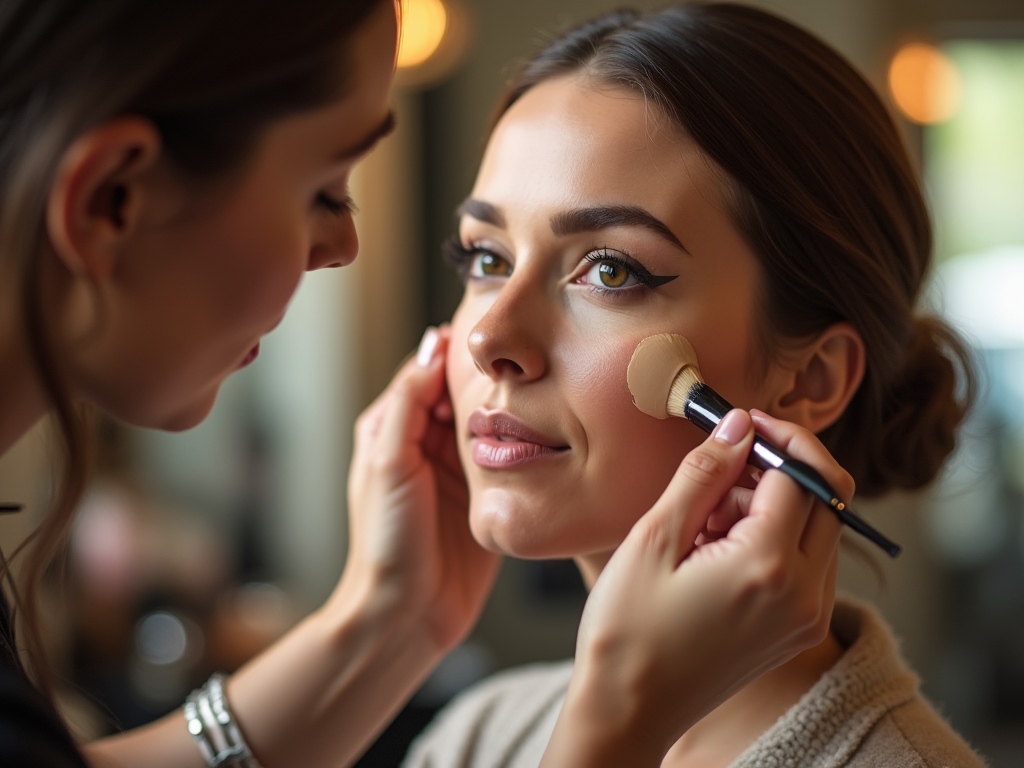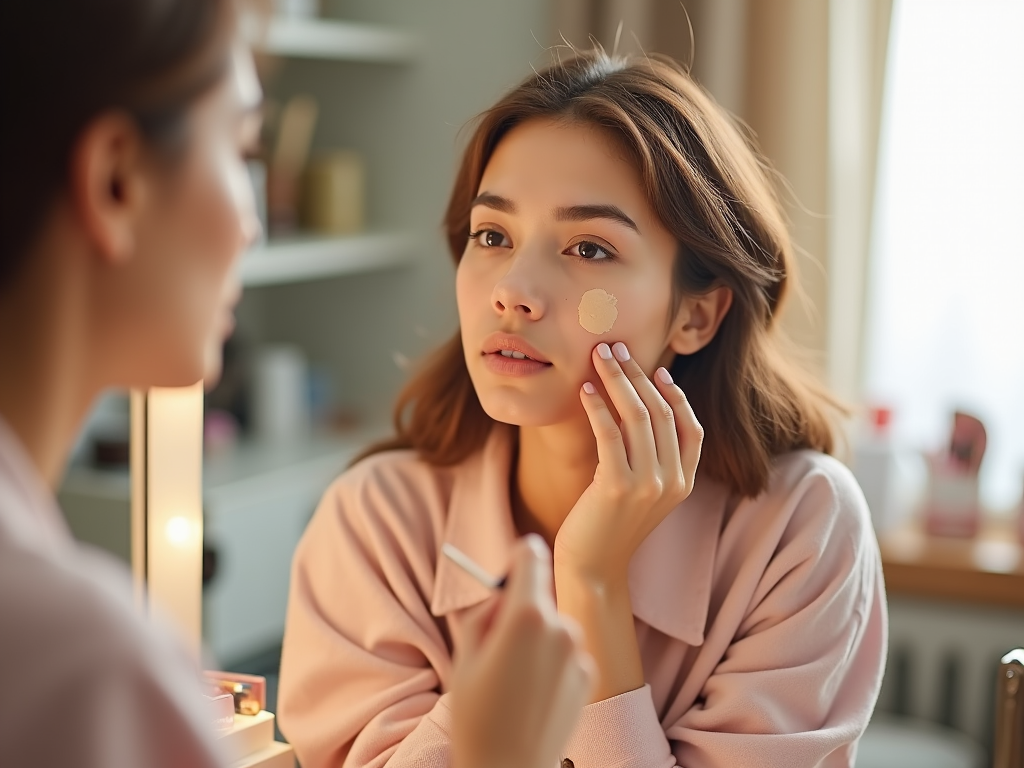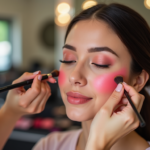Struggling with acne scars can be a deeply personal and sometimes painful experience. The good news is that with the right cosmetics and techniques, you can enhance your skin’s appearance, boosting your confidence along the way. This guide aims to shed light on the best practices for concealing acne scars with foundation. No longer will you need to shy away from showing your beautiful face to the world. Instead, let’s explore how to expertly navigate through the landscape of foundation options and application methods that will give you the flawless complexion you desire.
Understanding Acne Scars

Acne scars can be categorized into various types, each presenting unique challenges for concealment. Understanding these types will not only help you choose the right foundation but also guide your application techniques. The common types of acne scars include depressed scarring, which typically presents as sunken areas in the skin. Another form is raised scarring, known as hypertrophic or keloid scars, which appears as elevated patches. Lastly, there are the hyperpigmented scars, which are dark spots left on the skin’s surface post-acne. By identifying your specific scar type, you can adopt tailored approaches that speak directly to your needs.
- Depressed Scars: Often appear as pockmarks on the skin.
- Raised Scars: Protrude above the skin surface, making them difficult to conceal.
- Hyperpigmentation: Characterized by uneven skin tone and discoloration.
Preparing Your Skin for Foundation

Before diving into foundation application, the skin should receive the utmost attention. Preparing your skin correctly sets the foundation (literally!) and ensures optimal results. Start by cleansing your face with a gentle, hydrating cleanser that removes dirt and excess oil without stripping your skin’s natural moisture. After cleansing, exfoliating the skin is a crucial step to enhance texture. Exfoliation helps diminish rough patches and allows for smoother foundation application. Moreover, adequate moisturizing hydrates the skin, helping the foundation to blend seamlessly rather than cling to dry patches.
- Cleanse: Choose a gentle cleanser suitable for your skin type.
- Exfoliate: Use a mild exfoliator that suits sensitive skin.
Choosing the Right Foundation
Selecting the correct foundation is crucial in your quest to conceal acne scars. Many formulations are designed to address specific skin types and concerns, making it essential to identify your unique requirements. Liquid foundations are typically recommended for their buildable coverage, allowing for layering based on scar depth. Alternatively, cream foundations can provide a thicker application for more severe scarring. For those with sensitive skin, mineral foundations offer a gentle solution that gives a natural finish. Be sure to consider the coverage level needed for your scars as you make your decision.
| Foundation Type | Best For |
|---|---|
| Liquid Foundation | Buildable coverage, suitable for all skin types |
| Cream Foundation | Stronger coverage for severe scarring |
| Mineral Foundation | Sensitive skin; lightweight application |
Application Techniques for Flawless Coverage
The technique you employ during application can make a world of difference in how effectively your acne scars are concealed. It’s important to begin with a primer that minimizes the appearance of scars and enhances the smoothness of your foundation. Depending on your preference, you may use a foundation brush for an airbrushed finish, a beauty sponge for a soft blend, or your fingers for targeted application. Take your time to apply a thin layer initially, gradually building up to the desired coverage. When it comes to concealing deeper scars, a high-coverage concealer can be your best friend for those tough spots.
- Prime: Start with a quality primer.
- Apply Foundation: Go for an even layer of foundation.
- Conceal: Dab on concealer for extra coverage on problematic areas.
- Set: Use transcendent powder to lock in your look.
Maintenance Throughout the Day
Even after your foundation is perfectly applied, maintaining that flawless look is crucial for the remaining hours of your day. Various factors can affect how well your foundation holds up, including temperature and humidity. Consider having a few essential items at hand, such as compact powder and blotting papers. These tools allow you to manage shine and touch up areas that may have faded throughout the day. Frequent touch-ups will ensure that your look stays fresh, while also giving you peace of mind.
Conclusion
Concealing acne scars with foundation is an art that can be mastered with time and practice. By understanding your skin’s needs, selecting the right products, and employing effective application and maintenance techniques, you can achieve the smooth, flawless skin you desire. Remember that confidence plays a crucial role in your appearance; knowing how to camouflage imperfections can greatly enhance your self-esteem. With these expert tips at your disposal, you are well-equipped to face the world with a radiant, scar-free complexion.
Frequently Asked Questions
- Can I use any foundation to cover acne scars? No, it’s best to choose a foundation that suits your skin type and scar type for optimal results.
- How can I ensure my foundation lasts all day? Use a good primer before application and set with translucent powder.
- Should I use a special concealer for acne scars? Yes, a high-coverage concealer can help cover deeper scars effectively.
- Is it necessary to exfoliate before applying foundation? It’s not mandatory, but exfoliation can help create a smoother surface for the foundation.
- Can skincare products affect how foundation covers scars? Absolutely! Using the right skincare products can enhance the appearance and longevity of your foundation.


